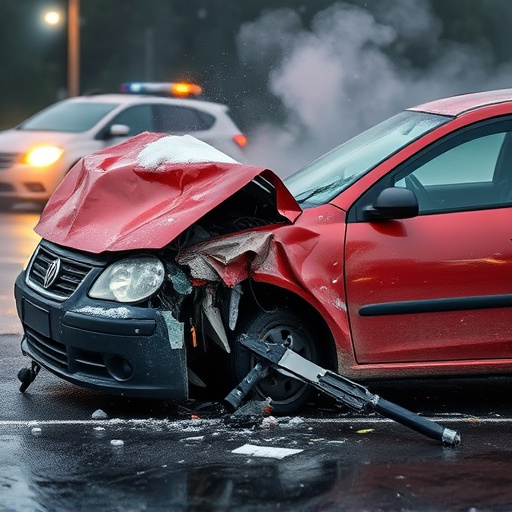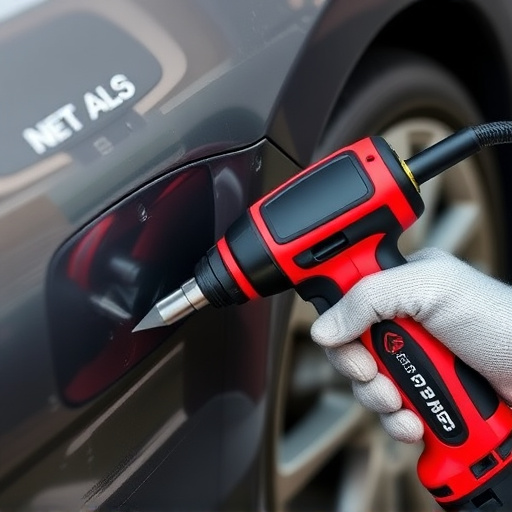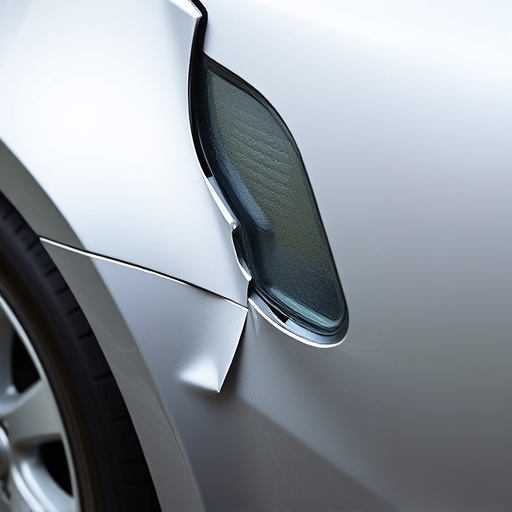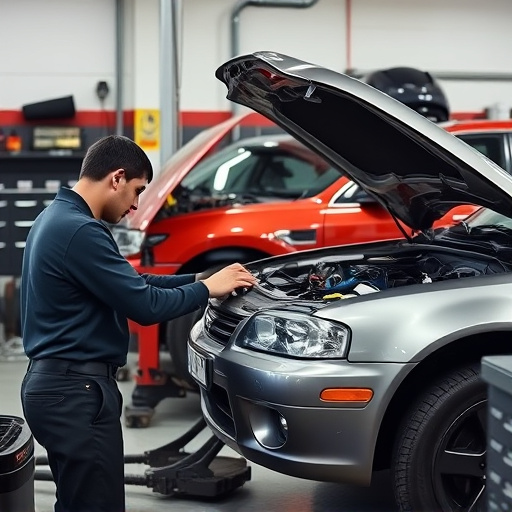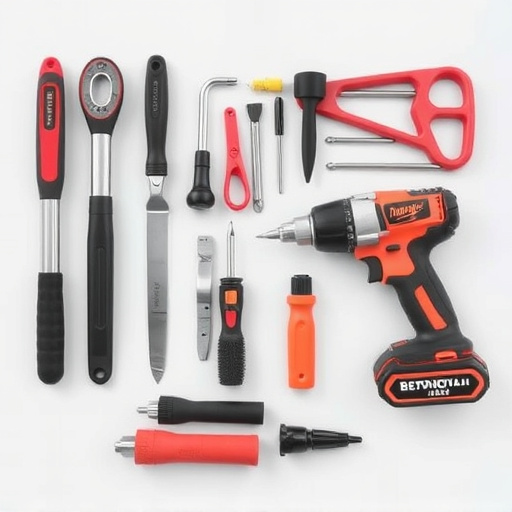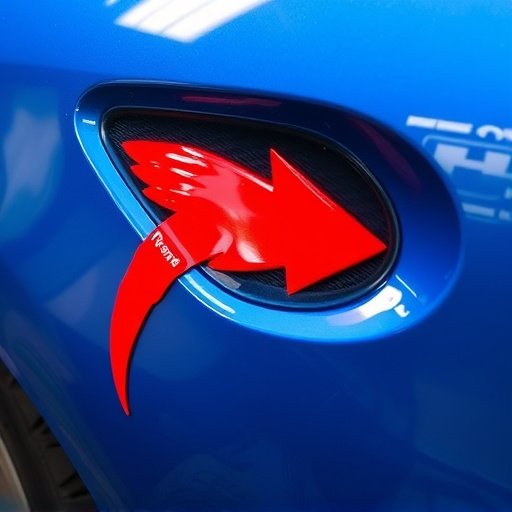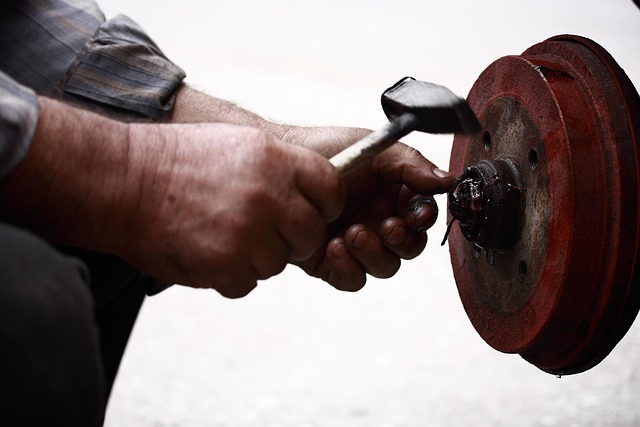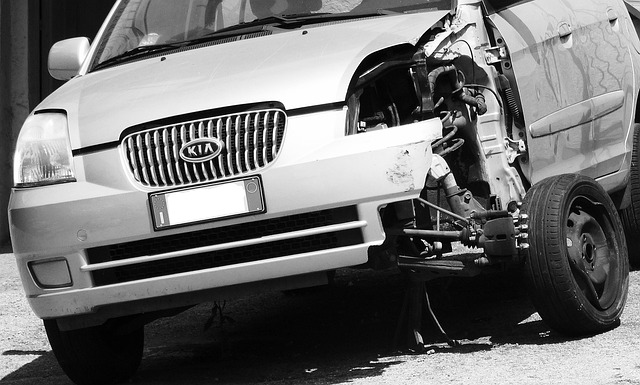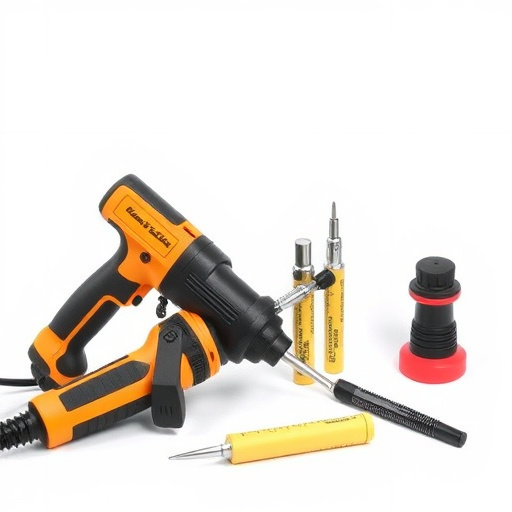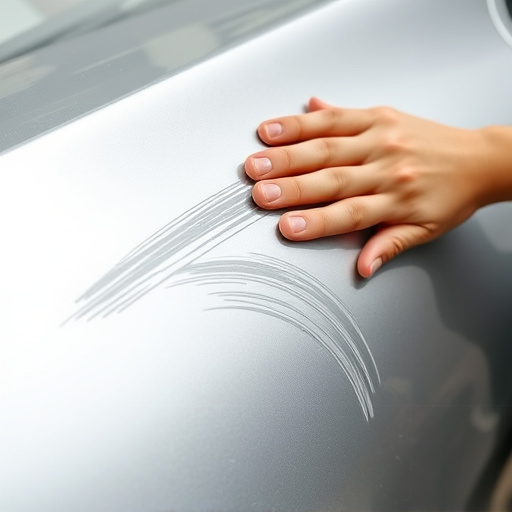The claim approval process for auto repair and car collision services involves several key steps, from initial claim filing to final approval facilitating payment. This process is crucial for both shop owners and customers, with timelines varying based on work complexity, part availability, and insurance company processes. Efficient communication and documentation, such as damage photos and quotes from reputable shops, streamline the process. Understanding the claim approval timeline, especially reviewing insurance policy terms for significant repairs, empowers customers to navigate their rights and ensure prompt approvals.
Discover the ins and outs of the claim approval process with our comprehensive guide. Learning how to navigate this crucial aspect of insurance is essential for policyholders, as understanding the timeline can significantly impact your experience.
From initial submission to final decision, we break down key factors influencing delay or swift approval. We equip you with insights on efficient claims handling, ensuring a smoother journey. Familiarize yourself with these steps to master the art of managing your claim approval timeline effectively.
- Understanding the Claim Approval Process
- Key Factors Affecting Timeline Length
- Navigating the Steps for Efficient Claims Handling
Understanding the Claim Approval Process

The claim approval process is a critical aspect of any insurance journey, especially when it comes to managing unexpected events like car accidents or damages to your vehicle. Understanding this timeline is key to ensuring a smooth and stress-free experience for auto repair shop owners and their clients alike. When a customer brings in their vehicle for auto body repair or car collision repair following an incident, the journey begins with filing a claim. This initial step involves gathering essential details about the accident, including dates, times, and responsible parties.
After submitting the claim, insurance providers assess the damage, often delegating this task to experienced appraisers who inspect the vehicle’s repairs, whether it’s for minor dent removal or extensive car collision repair. During this phase, the insurer verifies the authenticity of the claim and estimates the cost of the required auto body repair. Once approved, the claim enters its final stage, where the insurance company facilitates the payment process, enabling the auto repair shop to complete the repairs efficiently. This transparent claim approval timeline ensures that customers are well-informed about their rights and the steps involved in restoring their vehicles to pre-accident condition, whether it’s through simple fixes or major car collision repairs.
Key Factors Affecting Timeline Length

The length of a claim approval timeline can vary greatly depending on several key factors. One of the primary influences is the complexity of the automotive repair or auto painting work involved in the claim. For instance, a routine oil change will have a significantly shorter turnaround time compared to a collision repair that requires extensive body work and parts replacement.
Additionally, the availability of parts plays a crucial role. If specialized or unique components are needed for an auto painting or collision repair, acquiring them could prolong the process. Similarly, the insurance company’s internal processes, including their claim assessment procedures and approval hierarchies, can impact timeline duration. Efficient communication between the insured party, auto body shops (specializing in collision repair), and insurance providers is essential to streamline the process, ensuring that claims are approved promptly for all parties involved, whether it’s for regular maintenance or complex repairs like those in a bustling collision center.
Navigating the Steps for Efficient Claims Handling
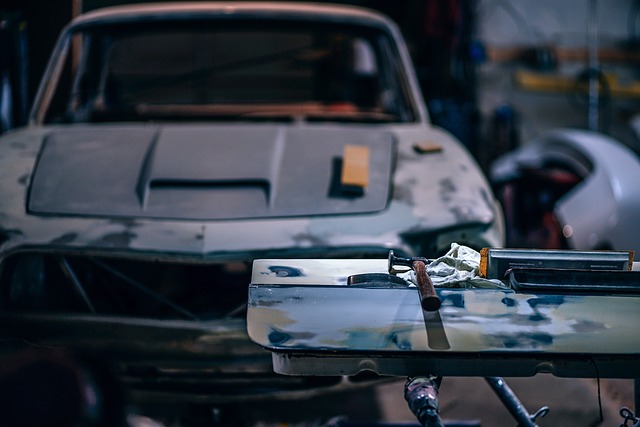
Navigating the process of claiming approval for vehicle body repairs is essential to ensure a smooth and efficient journey. The first step involves assessing the damage and determining if it requires an insurance claim. For minor auto bodywork issues, like a dent or scratch, you might consider visiting an auto collision center for an estimate; these centers specialize in quick repairs. However, for more significant damages, such as extensive vehicle body repair after an accident, understanding your insurance policy is crucial.
Different policies have varying approval timelines, so it’s important to familiarize yourself with the process beforehand. Efficient claims handling often begins with gathering all necessary documentation—photographs of the damage, reports from eyewitnesses or law enforcement, and estimates from trusted auto bodywork shops. This information streamlines the claim submission process, leading to a faster approval timeline. Remember, clear communication with your insurance provider is key, ensuring they have accurate data to make informed decisions promptly.
Understanding the claim approval timeline is essential for efficient claims handling. By recognizing the key factors affecting processing time and navigating the steps outlined in this guide, you can streamline the process. Remember that each claim is unique, so while this provides a general framework, flexibility is key to managing expectations. Stay proactive, keep communication open, and work collaboratively with your team and stakeholders for optimal results regarding claim approvals.
